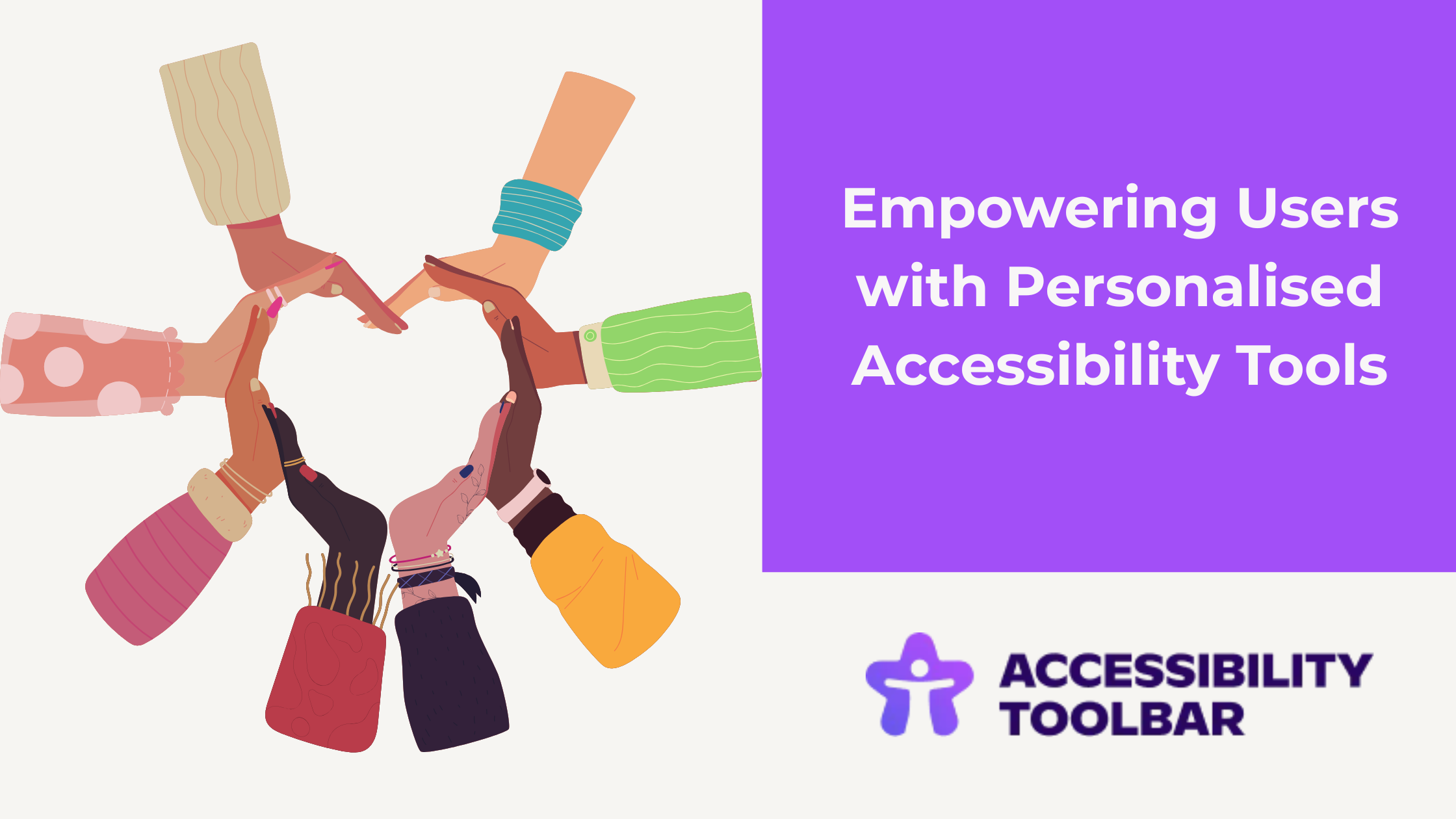Personalisation, Not One-Size-Fits-All: The Future of Website Accessibility
In today’s digital landscape, website accessibility is evolving beyond checklist compliance – it’s about user autonomy and personalisation. In 2025 and beyond, users expect to tailor their own experience, and tools like a Website Accessibility Toolbar are key enablers of that shift.
Why personalisation matters in web accessibility
Traditional accessibility often assumes a single “accessible version” of a site. But users have diverse needs: one person may require high contrast, another larger fonts, and yet another prefers motion reduction. A rigid universal design may fall short for many.
Recent research proposes a shift from compliance-centred models to frameworks that prioritise user autonomy in customising their interface (contrast, typography, scaling) without sacrificing brand identity.
By empowering users with choices, accessibility becomes more meaningful and respectful. Rather than the system dictating how content must appear, users shape it to their preferences – which is the essence of inclusive design.
Role of an Assistive Toolbar in personalisation
A well-built Assistive Toolbar integrated in your website acts as the interface for user adjustments:
- Toggle high-contrast or dark mode
- Adjust text size, line spacing, letter spacing
- Turn off animations or motion effects
- Enable dyslexia-friendly fonts
- Customise colour schemes
- Activate text-to-speech or read-aloud features
Such a toolbar doesn’t replace the need for proper underlying accessible markup (semantic HTML, ARIA roles, keyboard navigation) – it complements it.
Benefits of user-centric personalisation
- Better usability: Users stay longer, read more, complete tasks more reliably.
- Reduced barrier to access: Users don’t have to search for hidden browser settings or external tools.
- Compliance + experience: You blend WCAG/ADA obligations with an enhanced user journey.
- Differentiator: Offering a flexible Website Accessibility Toolbar can set your brand apart in markets where accessibility is a competitive edge.
Implementation tips
- Start with a minimal set of customisation options, and expand based on real user feedback.
- Ensure changes persist across pages or sessions (e.g. via cookies or local storage).
- Make the toolbar keyboard-accessible and screen-reader friendly.
- Log and analyse which controls users engage most — adapt accordingly.
- Combine toolbar support with robust foundational accessibility (alt text, ARIA, landmarks, colour contrast).
The next wave of web accessibility is not about a single “accessible version” but enabling every person to tailor their experience. Embedding an Assistive Toolbar is a critical step toward that vision. By focusing on user autonomy, you move past compliance to true inclusivity – making your site more welcoming, usable, and human-centred.





